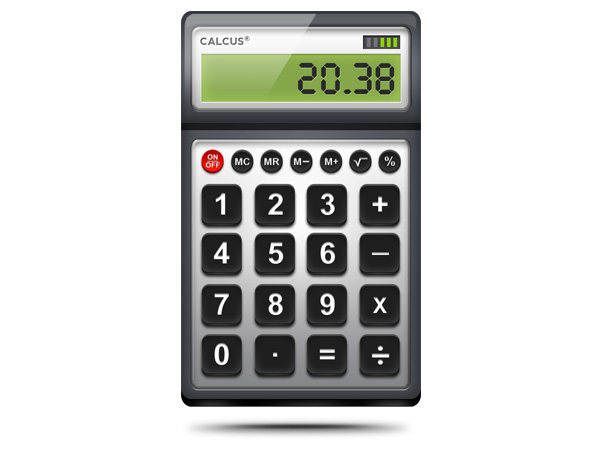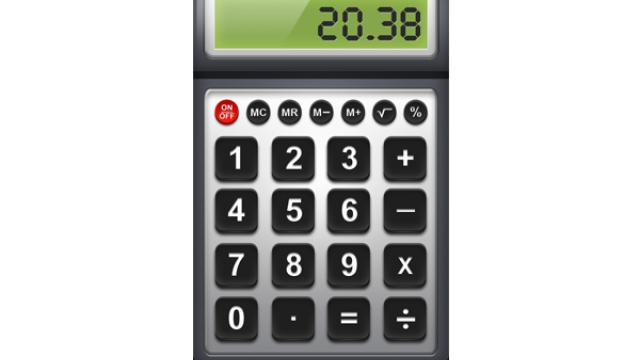
Crack the Code: Your Ultimate Grade Calculator Guide
Are you struggling to keep track of your grades? Feeling overwhelmed by the never-ending tests, assignments, and exams? Well, look no further! In this comprehensive guide, we will unlock the secrets of the grade calculator, empowering you to take control of your academic progress like never before.
As students, parents, teachers, and principals, we all understand the importance of knowing where we stand academically. That’s why we, at TheEdAdvocate, have crafted this informative article to provide you with a step-by-step approach to mastering the grade calculator. Whether you’re aiming for that coveted "A+" or simply looking to enhance your overall performance, this guide has got you covered.
So, get ready to dive in and discover how to decode the intricacies of the grade calculator. With our expert advice and practical tips, you’ll be equipped to accurately calculate your grades in no time. From determining weighted averages to gauging your progress throughout the semester, we’ll walk you through the entire process, ensuring that you have a clear understanding of where you stand academically.
Remember, knowledge is power, and the grade calculator is your key to unlocking that power. Are you ready to crack the code? Let’s get started on this transformative journey towards academic success!
How to Calculate Your Grade
Calculating your grade can be a straightforward process if you have the right tools and understanding. By using a grade calculator, you can easily determine your overall grade based on your assignments, quizzes, tests, and other assessments. This helpful tool takes away the guesswork and provides you with a clear picture of where you stand academically.
To get started, gather all your grades for each assessment you have completed throughout the semester or year. Make sure you have the weight or percentage value assigned to each assessment, as this will be crucial in accurately calculating your final grade.
Next, input your grades and corresponding weights into the grade calculator. The calculator will apply the appropriate weight to each grade and calculate your overall grade based on the provided scale or grading system. This can vary depending on your school or institution, so make sure to double-check the scale to ensure accurate results.
Once you have entered all the necessary information, simply click the calculate button, and within seconds, you will have your final grade. It’s important to note that grade calculators are designed to save you time and eliminate any errors that may arise from manual calculations. They provide a quick and reliable way to assess your academic progress.
In conclusion, using a grade calculator can greatly simplify the process of determining your overall grade. No more tedious calculations or uncertainty about where you stand academically. With just a few simple steps, you can effortlessly calculate your grade and have a clear understanding of your academic performance.
Tips and Tricks for Using a Grade Calculator
-
Planning Your Assignments
To make the most of a grade calculator, start by organizing your assignments. Take note of all the tests, projects, and homework that contribute to your final grade. By having a clear overview of what’s ahead, you can effectively use the grade calculator to set realistic goals and track your progress throughout the term. -
Inputting Your Grades Regularly
Grade Calculator
Consistency is key when using a grade calculator. After completing an assignment or receiving a test score, make it a habit to promptly enter the grade into the calculator. This will allow you to constantly stay updated on your current standing and avoid any surprises when it comes to your final grade calculation. -
Utilizing "What-If" Scenarios
A useful feature of many grade calculators is the ability to explore "what-if" scenarios. This means that you can experiment with different grades and see how they would impact your overall standing. It can be a valuable tool for planning and strategizing. For example, you can determine the minimum grade you need on a final exam or project to achieve your desired final grade.
Remember, an effective grade calculator understands the concept of time management and provides you with insights into your academic performance. By following these tips and tricks, you can make full use of this valuable tool and stay on top of your grades throughout the school year.
Benefits of Using a Grade Calculator
Calculating grades can be a daunting task, especially when dealing with multiple assignments and exams. However, with the help of a grade calculator, this process becomes much easier and more efficient. Here are some of the key benefits of using a grade calculator:
-
Time-saving: One of the major advantages of using a grade calculator is that it saves a considerable amount of time. Instead of manually calculating each individual assignment or exam score, you can simply input the data into the calculator, and it will instantly provide you with the overall grade. This allows teachers, parents, principals, and students to efficiently manage their time and focus on other important aspects of education.
-
Accuracy: Calculating grades manually can sometimes lead to errors or miscalculations, which can be frustrating for both teachers and students. However, a grade calculator eliminates the chances of such mistakes by providing accurate results based on the inputted data. This ensures that grades are calculated fairly and consistently, providing a reliable assessment of a student’s progress and performance.
-
Flexibility: Grade calculators offer flexibility in evaluating different scenarios. Whether you want to determine the impact of a specific assignment on your overall grade or estimate the grade needed to achieve a certain goal, a grade calculator can provide instant feedback. This flexibility allows students to plan and strategize their academic journey effectively, motivating them to work towards their desired outcomes.
In conclusion, using a grade calculator offers numerous benefits for teachers, parents, principals, and students. It saves time, provides accurate calculations, and offers flexibility in evaluating various scenarios. By incorporating this tool into the education system, educators can streamline the grading process, while students can gain a better understanding of their progress and goals.
